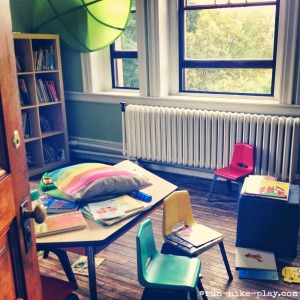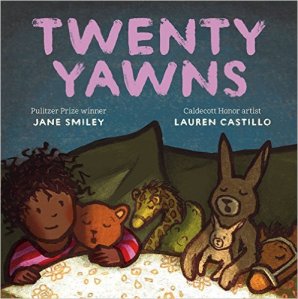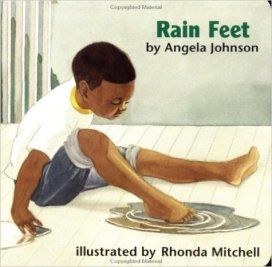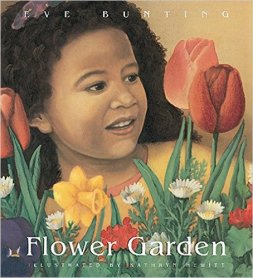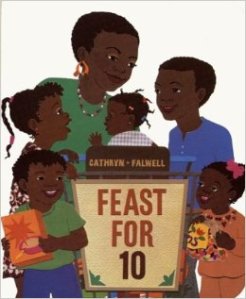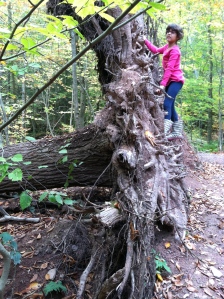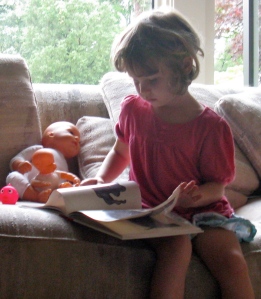This winter I helped put together a list of picture books organized around the four seasons. The books will live at an organization I’m involved with, Smith Memorial Playhouse & Playground — one of those quirky, only-in-Philly, historic institutions that Philadelphia boosters love to tout as an example of what makes Philadelphia so great (which it does).
When Smith came into existence in 1899, it was a radical proposition. A mansion-sized playhouse? (16,000 s.f.) Set in a sprawling, wooded, urban park?! With a 6.5 acre playground!?! Open to ALL KIDS !?!? For free!?!?!
At the turn of the last century, massive urbanization and child labor sparked new ideas about childhood and the importance of play, and the Playground Movement found great supporters in Richard and Sarah Smith, who built the place in memoriam to their late son, Stanfield.
Smith remains a radical proposition today. Visitors still play there at no charge, and you find an amazing degree of socio-economic and racial diversity. Like the city’s public library system – which came into being in roughly the same period – Smith persists as a uniquely Democratic and public mixing-ground. The playhouse and playground serve children from every zip code in this city — plus lots of kids from outside Philly too.
Inside the playhouse a small library occupies a sunny, corner room, offering adults and their charges respite from the hubbub and hosting regular story hours. The library has traditionally been stocked with donated, hand-me-down books. Those donated books are full of animals and able bodied, English-speaking white people. Thoughtful and generous though they are, the books don’t reflect the world that we live in, nor the diversity of families Smith serves: Philadelphia’s 1.5 million residents are 43% black, 41% white, 12% latino, and 6% asian; 26% of our population lives below the poverty line (24K/year for a family of 4). When kids play at Smith, they rub elbows with children from all walks.
(For a super-eloquent argument as to why this state of affairs simply isn’t ok, check out the late Walter Dean Myers’ 2014 NY Times Opinion piece.)
***
Smith’s setting in a wooded, urban park has long been part of its draw and, in keeping with the ideas of the Nature Play Movement, Smith has lately been doing great work expanding its offerings of nature based play (see here and here).
Staff decided to begin stocking the library more intentionally in conjunction with these initiatives, focussing, for starters, on the seasons. Purchasing new books also presented the opportunity to diversify the collection, and including more African American authors and characters became a logical, first focus.

Smith’s new Nature Explore nature play area (photo courtesy of Smith/Zoe Hillengas)
But finding a range of books that are seasonal in some way or another, and also feature African American characters, has been an uphill battle. I have found some wonderful titles, but not enough.
For WINTER, Ezra Jack Keats’ iconic Peter loomed large – a historic figure in the diversification of children’s books. But beyond that, I only found a few cold-season titles.
SUMMER offered the greatest bounty.
For SPRING, a handful of African American book-kids (or African American authors) plant street trees, grow gardens and splash in the rain. But again, not enough.
And FALL seemed to be the season where black folks are most scarce (though you’d think more people would be hanging out on stoops and in yards and in parks, enjoying the cool fall air after the brutal heat of the summer that is recounted in so many of the SUMMER books featuring African Americans.). FALL truly, nearly broke me.
Books about the seasons are just one sliver of what’s out there, but seasons are a popular theme in the early childhood world. And in any case, I’m pretty sure that my struggle would repeat with any other thematically organized list as well — unless that list focussed on Africa, discrimination, civil rights, or slavery.
Having so few books to choose from means that a narrow, limited story is being told. During my search, I became hyper-aware of the boundary between books that are culturally sensitive and books that – in the absence of a broader selection of titles and range of stories — reinforce misguided or stereotyped ideas about what it might mean to be African American.
I hope that someone will comment, telling me I’ve missed a huge trove — that I need to know about this or that author or publisher who I’ve completely overlooked. Or, will at least offer up a few more titles. Meanwhile: let’s keep working to write, publish, buy and share with children MORE DIVERSE BOOKS. And, of course, support #weneeddiversebooks.
***
The list is now in the hands of the generous and wonderful Children’s Book World, where books will be sitting at the check-out counter with a sign asking willing patrons to add the purchase price of one or two to their order on Smith’s behalf. If you shop there, please indulge (or call in a purchase!). And if you’re local and you don’t know CBW: check it out. The Philadelphia region is so lucky to have a great indie bookstore devoted specifically to children’s books!



